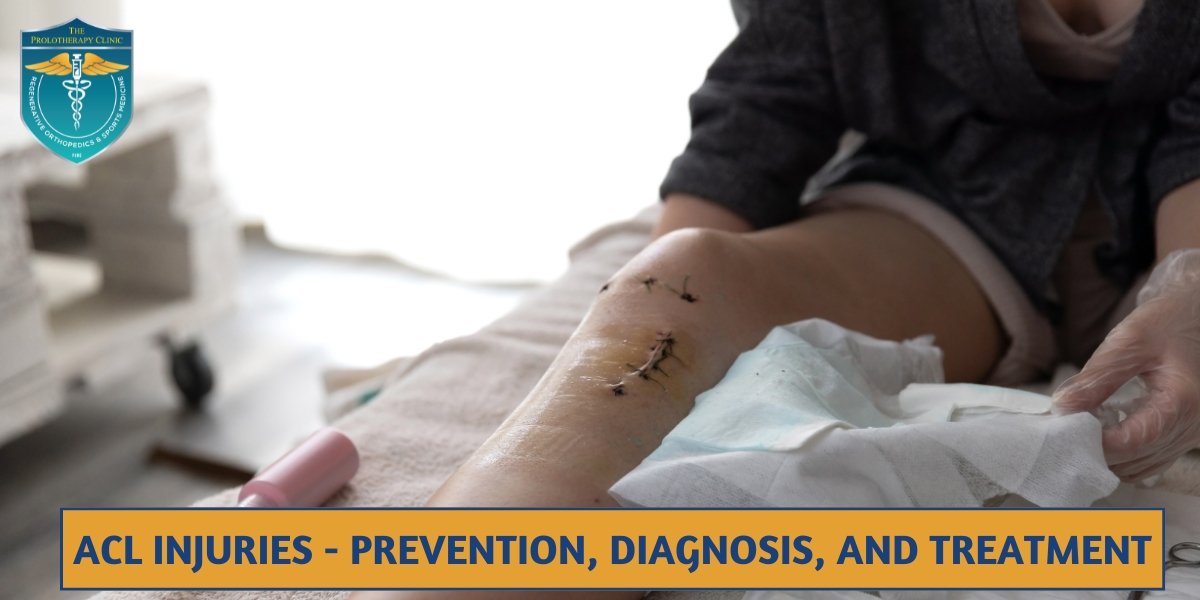Understanding ACL Injuries
Anterior Cruciate Ligament (ACL) injuries are among the most common types of knee injuries, often affecting athletes and active individuals. The ACL plays a crucial role in stabilizing the knee joint, especially during activities involving sudden stops, pivots, or changes in direction.
Causes of ACL Injuries
ACL injuries typically occur due to:
- Sports Injuries: High-impact sports such as soccer, basketball, and football where sudden stops or changes in direction are frequent.
- Trauma: Direct impact or collision that causes the knee to twist unnaturally.
- Overextension: Hyperextension of the knee beyond its normal range of motion.
Understanding these causes is essential for preventing and timely treating ACL injuries.
Prevention Strategies
Preventing ACL injuries involves a combination of strength training, flexibility exercises, and proper technique:
- Strength Training: Focus on strengthening the muscles around the knee, particularly the quadriceps, hamstrings, and calf muscles.
- Flexibility Exercises: Incorporate stretches that improve flexibility in the hamstrings, quadriceps, and hip flexors.
- Proper Technique: Ensure athletes are trained in appropriate landing, cutting, and pivoting techniques to minimize stress on the ACL.
Diagnosing ACL Injuries
Diagnosing ACL injuries typically involves a thorough assessment by a healthcare professional:
- Physical Examination: The doctor will evaluate the knee for swelling, tenderness, and range of motion.
- Imaging Tests: MRI scans are often used to confirm the diagnosis and assess the extent of the injury.
- Lachman Test: A specific physical maneuver performed to assess the stability of the ACL.
Early and accurate diagnosis is crucial for implementing an effective treatment plan.
Treatment Options
Treatment for ACL injuries depends on the severity of the injury and the patient’s activity level:
- Conservative Treatment: RICE (Rest, Ice, Compression, Elevation) therapy may be sufficient for minor tears or strains.
- Physical Therapy: Rehabilitation exercises to strengthen the knee and improve the range of motion.
- Surgical Intervention: ACL reconstruction surgery may be recommended for complete tears or high-demand athletes.
Post-treatment, rehabilitation is essential to regain strength, stability, and full function of the knee.
Understanding ACL injuries, from prevention strategies to diagnosis and treatment options, is crucial for athletes and active individuals. By incorporating proper training techniques, regular exercise routines, and seeking timely medical attention, individuals can minimize the risk of ACL injuries and optimize recovery outcomes.
For those seeking top-notch ACL treatment in Pune, Dr. Vikram Rajguru stands out as a leading orthopedic specialist. With extensive experience in diagnosing and treating ACL injuries, Dr. Rajguru employs the latest techniques and technologies to ensure optimal recovery and return to peak performance.
FAQs
1. How long does it take to recover from an ACL injury?
Recovery time can vary depending on the severity of the injury and the treatment method. Generally, recovery from ACL reconstruction surgery can take between six to nine months, with some athletes taking up to a year to return to their previous activity levels.
2. Can ACL injuries be prevented?
While not all ACL injuries can be prevented, incorporating strength training, flexibility exercises, and proper technique can significantly reduce the risk. Training programs that focus on neuromuscular conditioning can also help in preventing these injuries.
3. What are the symptoms of an ACL injury?
Common symptoms include a loud “pop” sound at the time of injury, severe pain, swelling within a few hours, a feeling of instability or “giving way” in the knee, and loss of range of motion. If you experience these symptoms, it is important to seek medical attention promptly.

